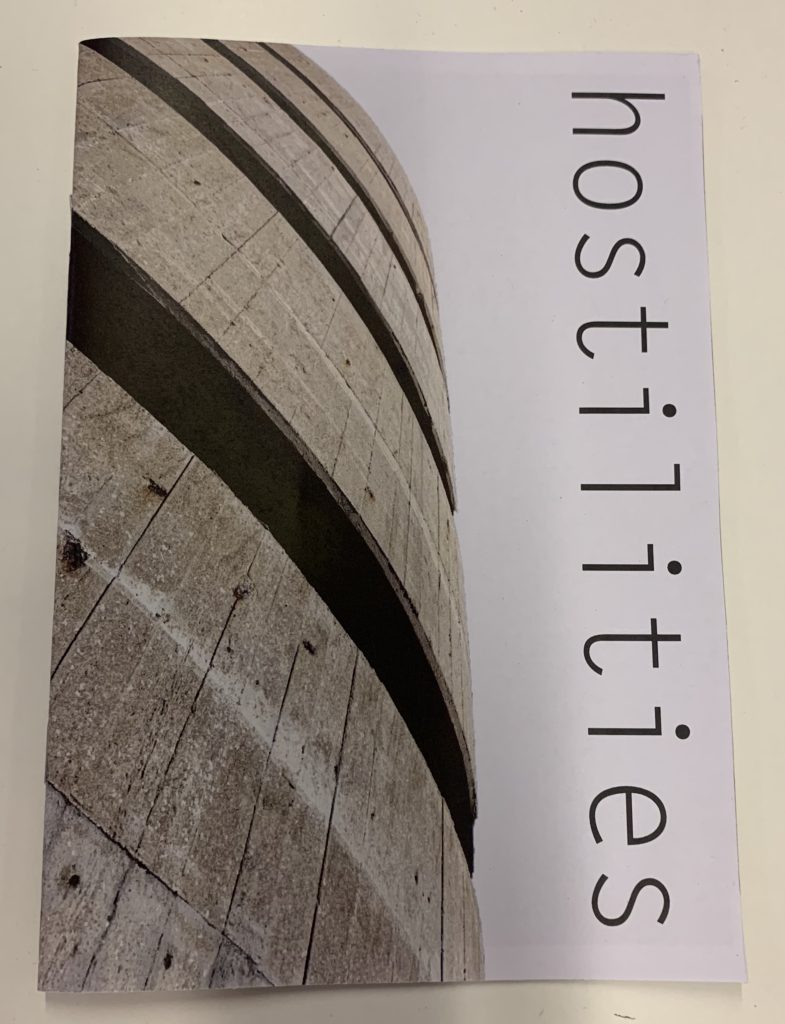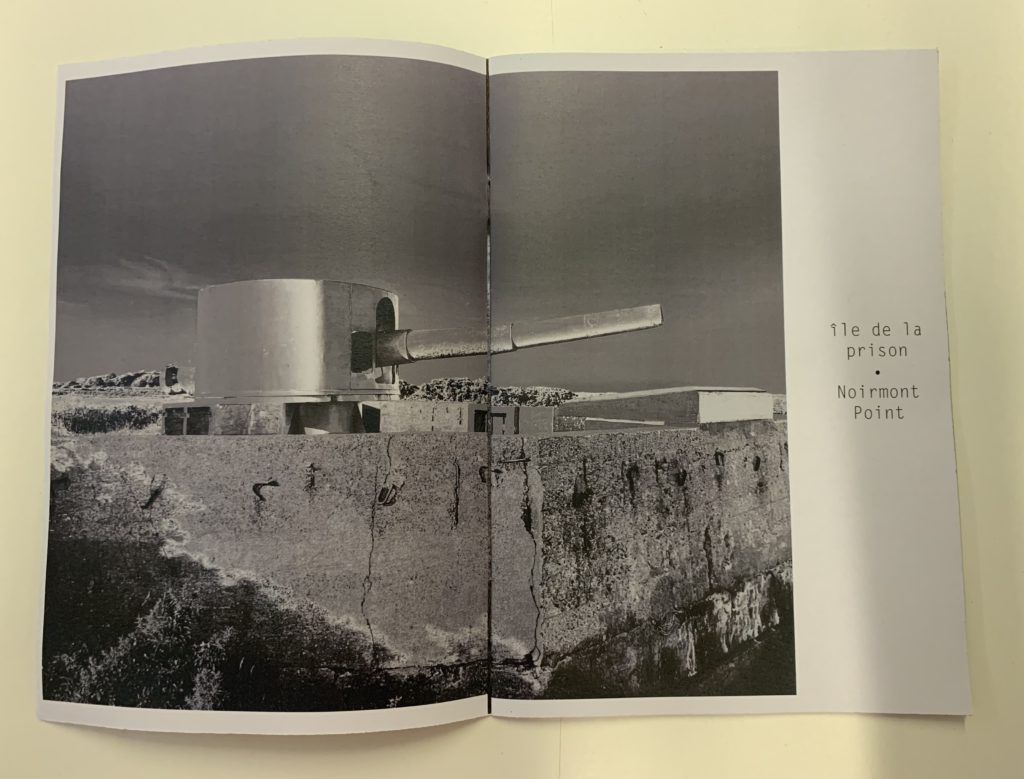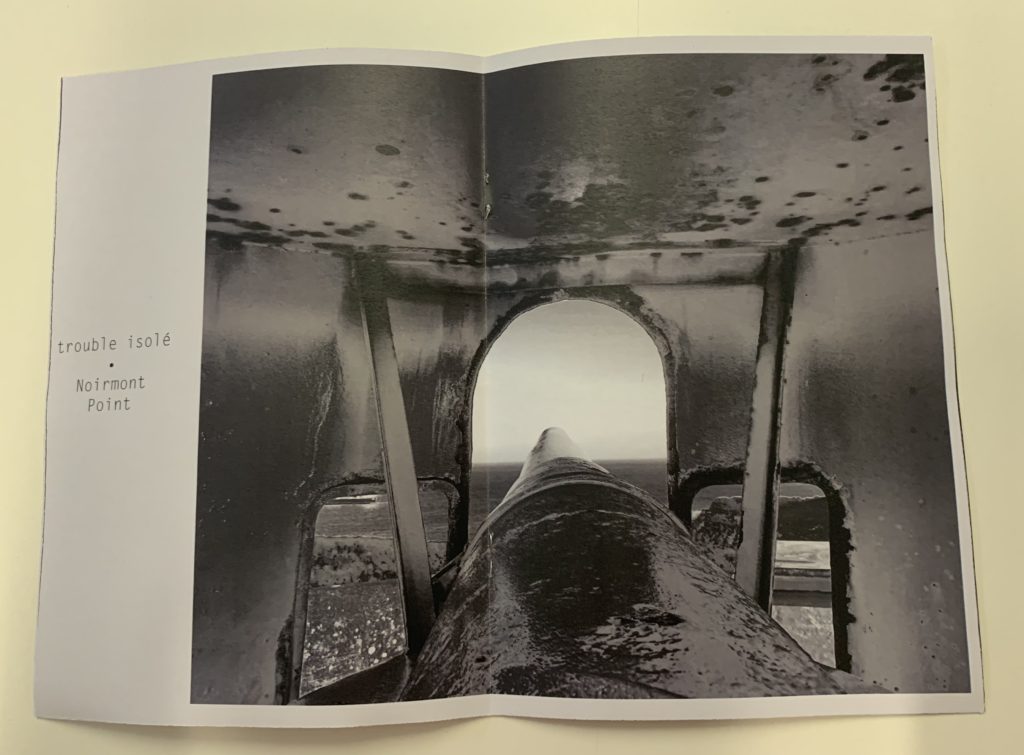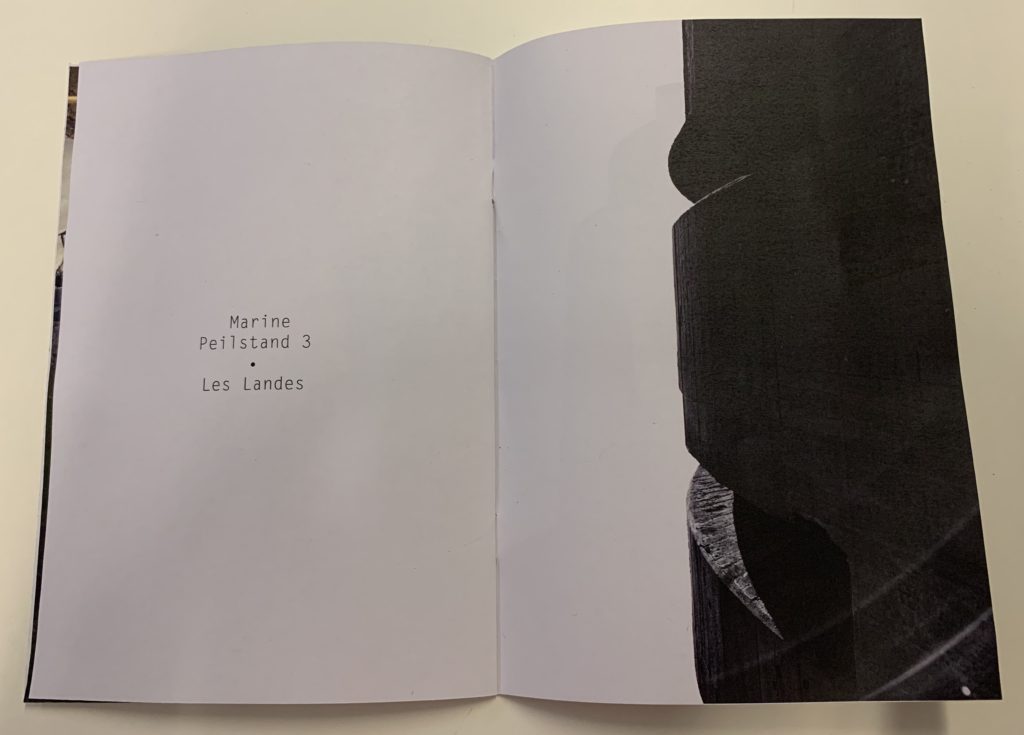The definition of a photographic archive is: a collection of photographic images, either as physical media or as a digital archive. Photo archives usually consist of libraries or museums that hold a collection of images. Not all archives are by museums and libraries though, individuals and institutions can have archives. There is a distinction between private and public archives. Everybody has their own private archive, whether it is the photographs taken on your phone, or the family photograph albums kept inside the house. Public archives are usually by museums and libraries and usually contain a number of historical and current photographs.
Photo archives are incredibly important on capturing and preserving historical moments. Whether it is a simple photo that captures day-to-day life, or major images that capture a crucial event, or an image capturing objects/buildings/landscape/portraits. By preserving moments in time, the photos can be used to reflect and compare, and can provide an insight into how life was at a certain moment in time. Public archives especially, provide a key role in analyzing historical periods/events are photographs can provide a true representation of what happens.
Photographic archives are usually contained and stored in order of their date and have reference numbers. Reference numbers enable efficiency of location and storage of the individual/collection of images. Physical documents like photographs are often stored in acid proof boxes to prevent damage and can also be handled with gloves to aid in preservation. It is crucial to maximize preservation of archival images as they provide an insight into the cultural and historical memories of the past that can remain forever. They also provide a more factual and insightful view into the past.
An archive is basically a collection of memories, and photographs capture moments in time 'memories'. By holding onto these moments in time enables archives and museums to provide a more realistic portrayal of that moment in time in that specific era. Both photographic and material archives are very important to me. I like to take pictures of what I am doing in both my day to day life and of people I meet. I have a book at home containing portrait photos I have taken of people on a disposable camera. I also have a box that I keep in my wardrobe containing items that are incredibly precious to me, including photographs of my grandparents, cards I have received from those who are important in my life, to my grandmothers necklace that she gave to me before she died. I believe that everyone has their own archive of items and photographs that are precious to them, and just don't realize how important and prominent they are to their lives.
As a teenager, my current archive consistently features people/friends I am with and places I am visiting. I am guessing when I'm an adult my photo-archive will change as I grow up, and it will probably mainly consist of the children I will have. I am guessing this as my Mums personal archive changed from photos of herself and her friends during her youth, and now her camera roll mainly consists of myself, my sisters and things to do with her work, as she runs her own business and she needs to take photos for their Facebook page. I am also guessing that my archive of adulthood will be more mature photos, as I tend to take photos which would be considered silly and childish (for example my friends at an unflattering angle). However I also think that my archive will still be mainly based on people as I have always had an interest in photographing portraits of people as I find them interesting to look at.
My personal study is on the Occupation of Jersey, which is occurred during World War 2 and was during Sep 1, 1939 – Sep 2, 1945. I was born in 2001 so there is a 62 year difference from my birth to the beginning of the war. I have no personal experiences with WW2, the only personal knowledge is from my granddad and his sister when they had to move from Jersey to the UK to live in the countryside as they were children and that was where the children were sent to during the war. Therefore looking at archival material enriches my personal study as it provides a direct image of a specific moment of time. I am able to see the development of buildings and the way people lived. By looking at these images I gain a greater idea of what life was like during WW2 meaning I can personalize my work to fit the image I think what WW2 was like. Also for my zine I needed to create a narrative and by looking at archival material aids in me creating a narrative and realizing that I could combine my images and archival images to create a running narrative.
I have learned that photo archives provide a key role in displaying an alternative view to how life was during the Occupation compared to history lessons. Photographic archives show a more wholesome way of life and just shows that the war wasn't just guns and explosions, it was people living their day to day lives, adjusting it to the conditions of the war. It also shows the war from a German perspective as some of the photos from the Societe Jersey were taken by German soldiers. Although WW2 was a brutal and horrible war, people still had to live their day-to-day lives, and the small activities that they did that were photographed provide a more accurate insight in what they did and how they lived. I also learned from photographic archives how buildings are built for specific uses and the difference between German architecture compared to Jersey architecture both now and then.
Monthly Archives: July 2019
Filters
Bunker Archaeology Final Zine

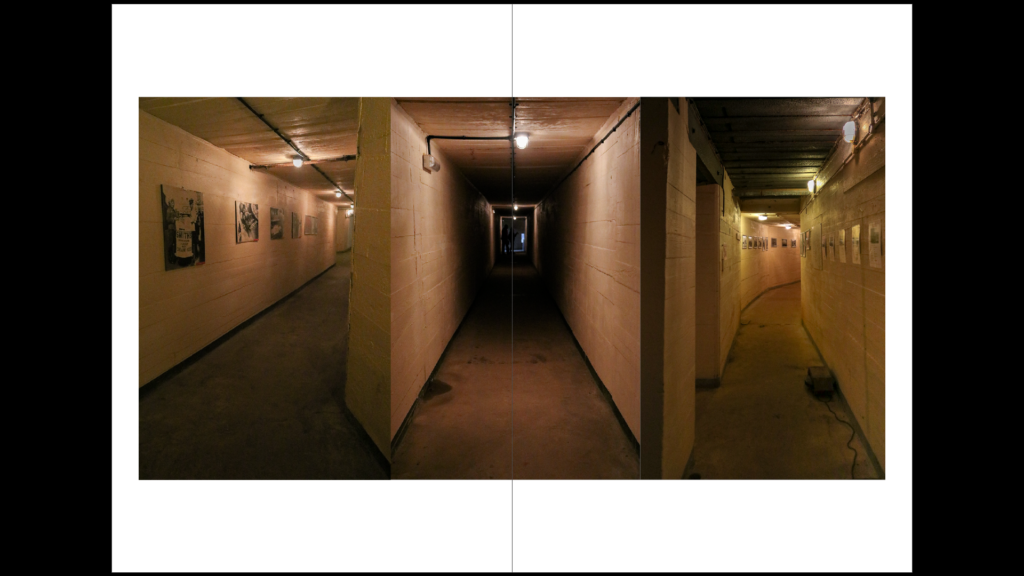
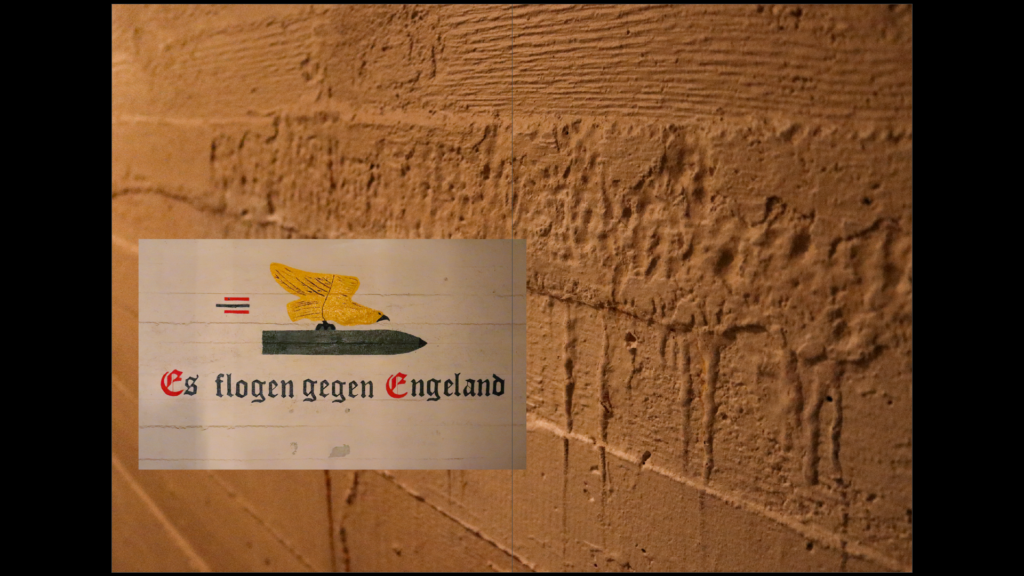

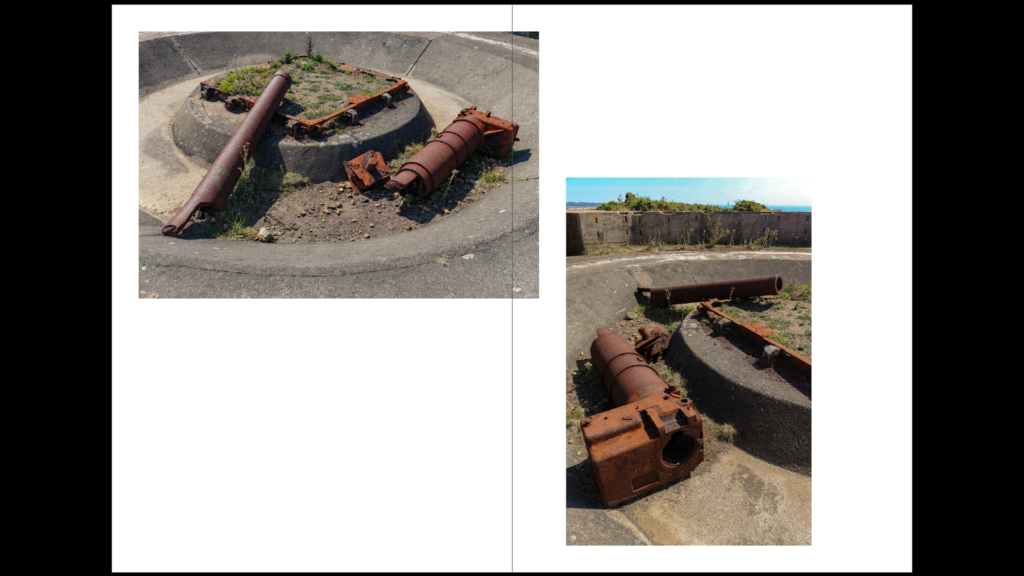
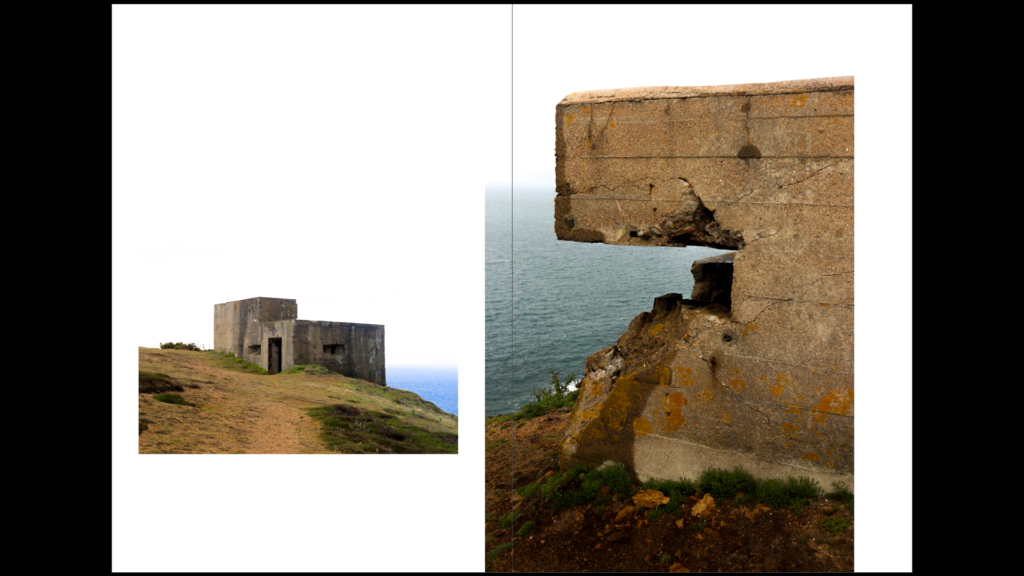

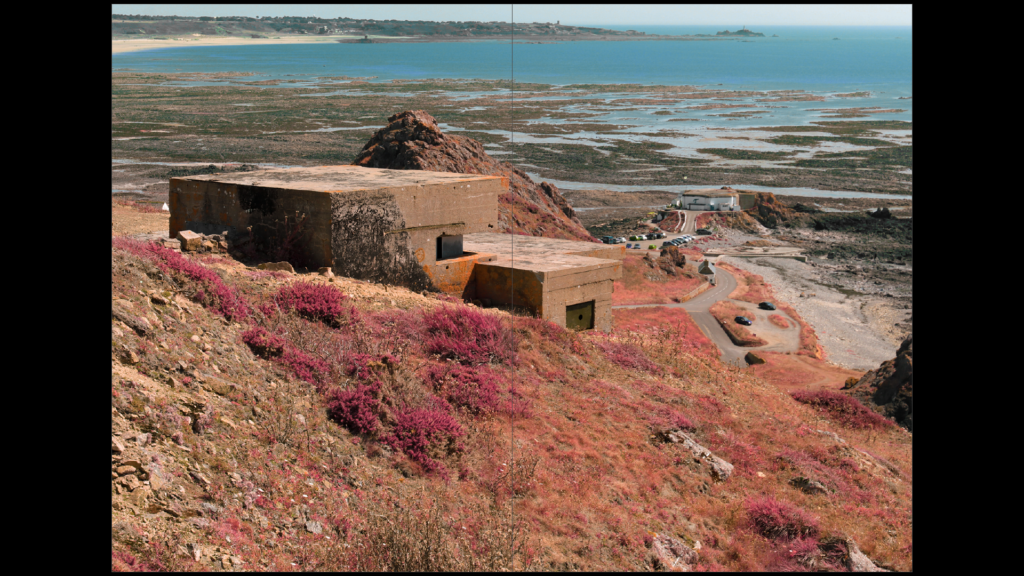
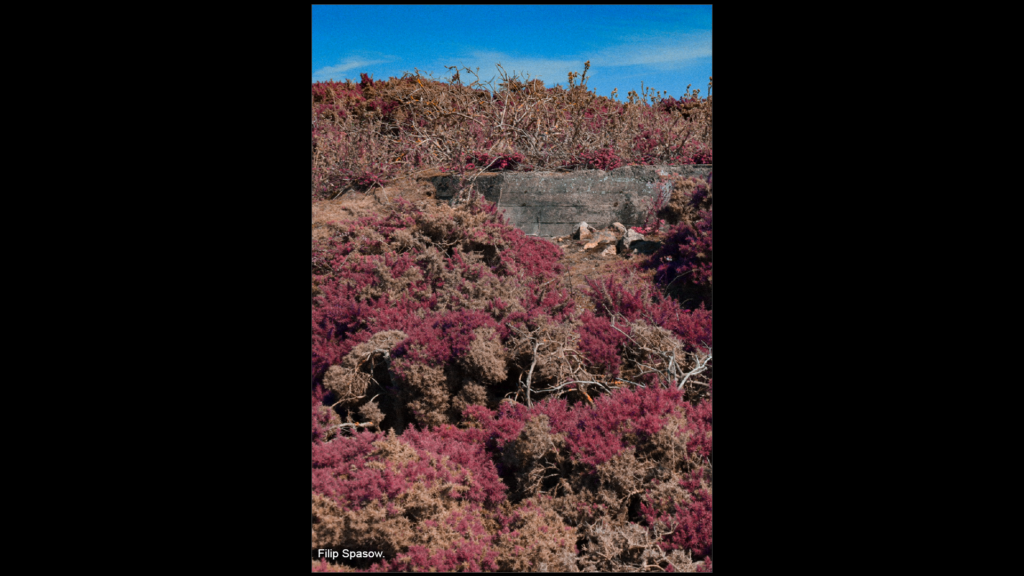
Photomontage
To make my edits I first chose some of my images and then converted them to black and white then I selected the background ares, so the sections that aren’t in the foreground and then I found an archival image that matched the theme of my image. So if the image was looking over the land it would be an archival image of a battlefield.

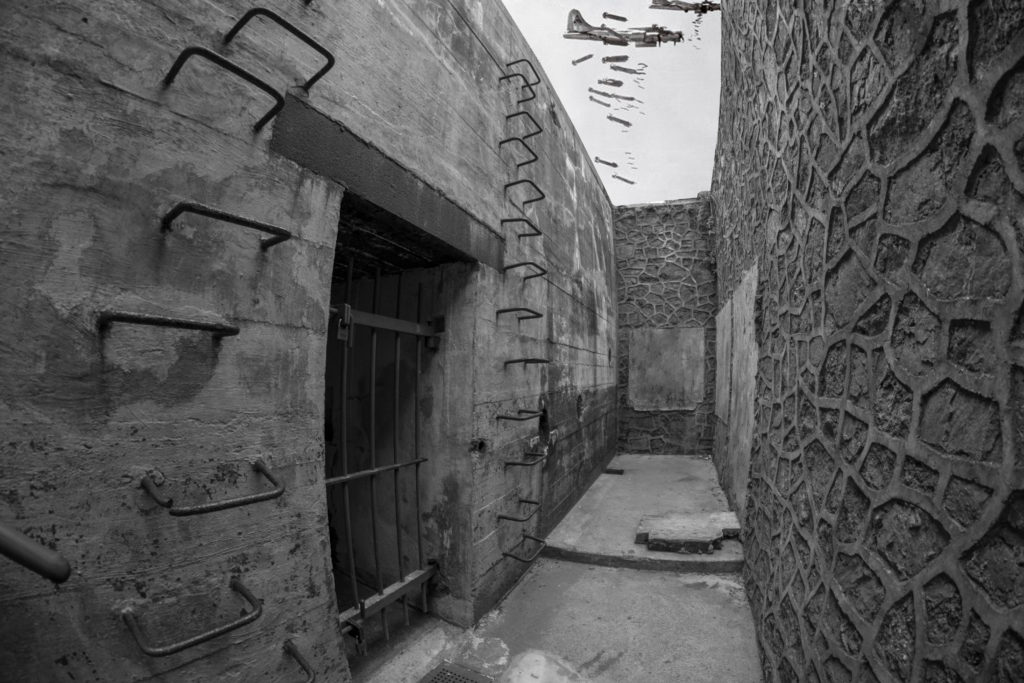
Zine Planning and inspirations
Design and Layout
Format– Portrait, A5, paperback book. Sequencing, Layout + Design – comparisons between shape and objects (create a more fluid transition between photo “scenes”), off center images, close ups, Images of nature taking over the bunkers, overgrowth, human development over/ around the bunkers. Close ups of the walls and textures of the bunkers inside. Narrative – streamlined/fluid, beginning with interior of the Batterie Moltke bunker. Then – focused on close ups + details of the the walls, transitioning from interior (mainly un-affected by nature) to exterior, ‘monoliths’ and weaponry overgrown and exposed to the elements, later moving onto the overgrowth itself on exterior walls and then introducing a few heavily edited images and a few landscapes of the affecting growth. little to no text, no personal bias or views towards the bunker site, recording the site as it is. Possibly be untitled, possibly a minimalist title, e.g: Bunkers? Visual context: infrared edited images, Lynda Laird’s use of edited grass and shrubs to be a brighter colour leads to overgrowth standing out more than the bunkers and becoming the focus of the image.
Research and Influences
Lynda Laird – Infrared
Laird’s infrared photography of the bunkers in Normandy have influenced me to edit some of my images for my zine to have an infrared effect. I like the effect that Laird’s images have on the surrounding plants as the bright red colour shifts the focus from the bunker and onto the vegetation that is growing around and inside it. I believe this is effective as the images focus more on nature taking over the bunkers.
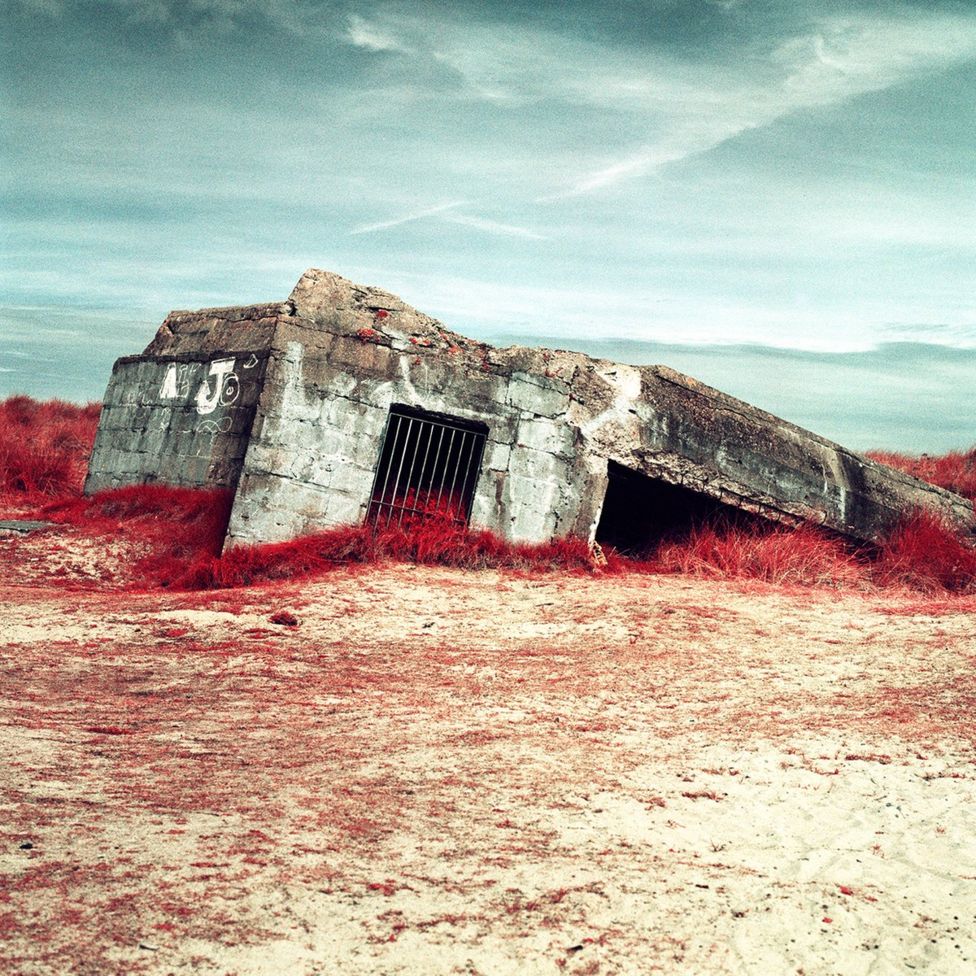
Paul Virilio
Virilio’s bunker archaeology photographs are interesting to me as they document the bunkers as monuments which are part of nature. I believe the use of a black and white photograph to document the bunker is effective as it helps blend it into nature due to having similar shades of black and white. From Virilio’s photography, however, I would like to include images where the bunkers are viewed as monuments.

ZINE – Presentation/ Layout

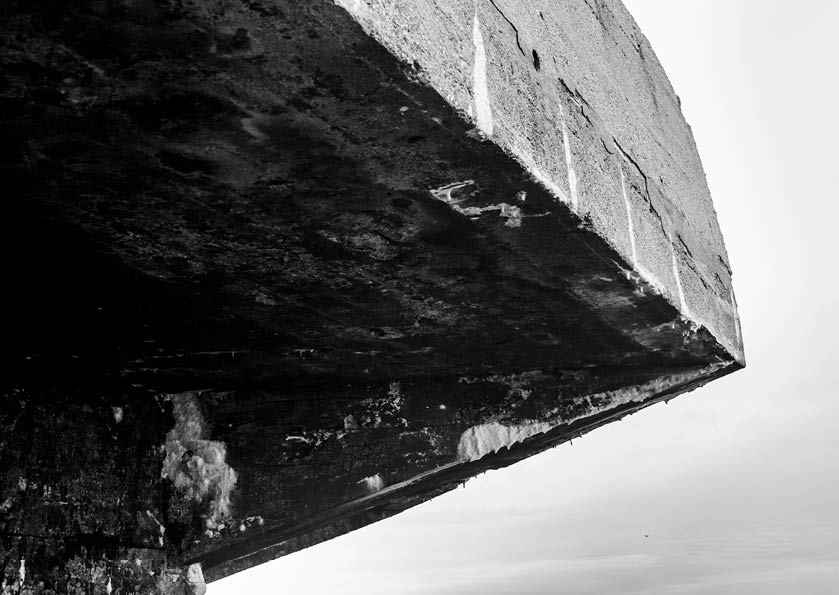

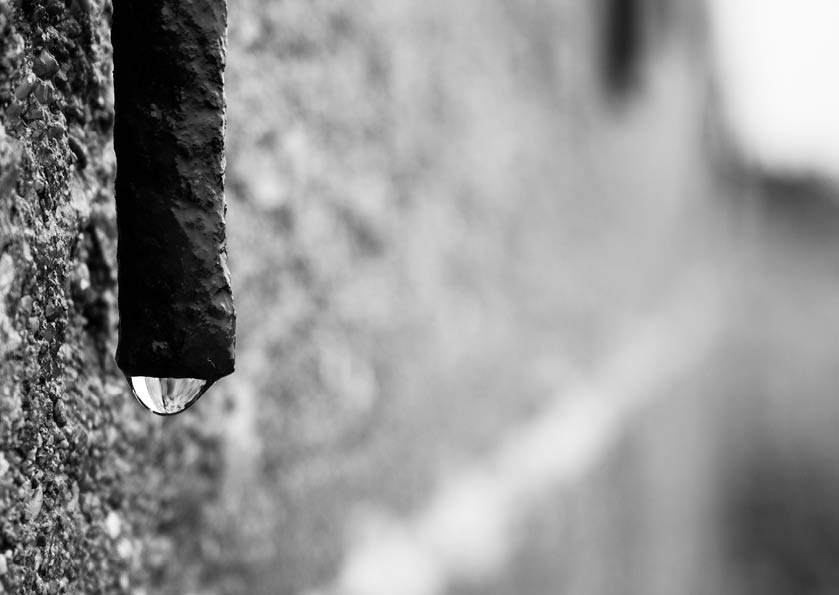
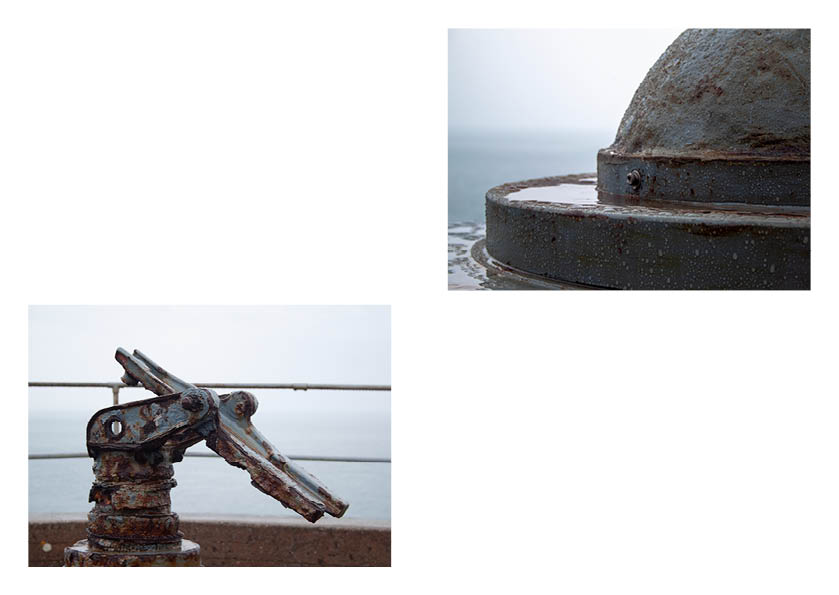
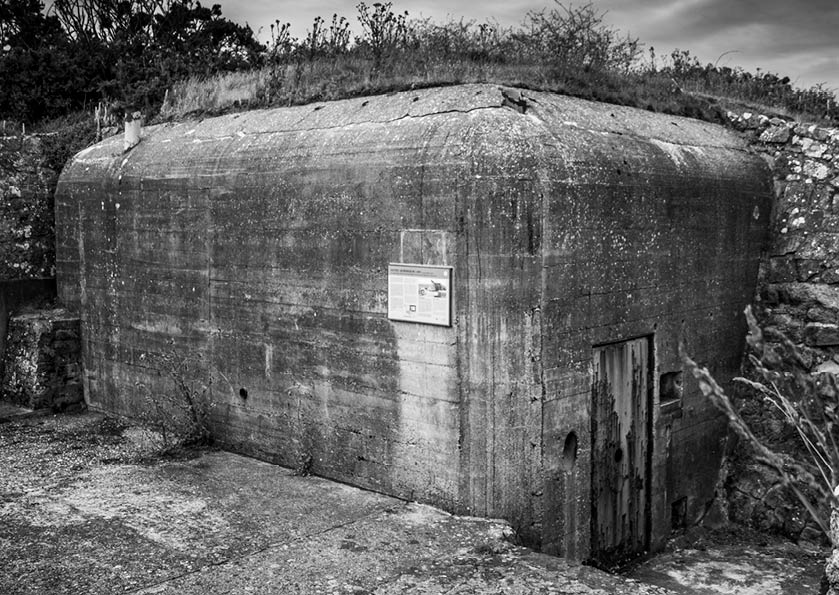
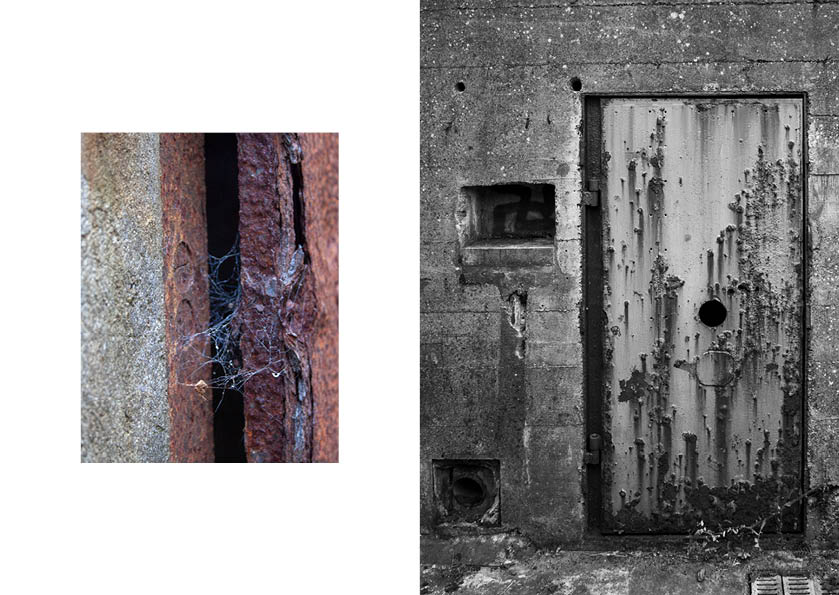
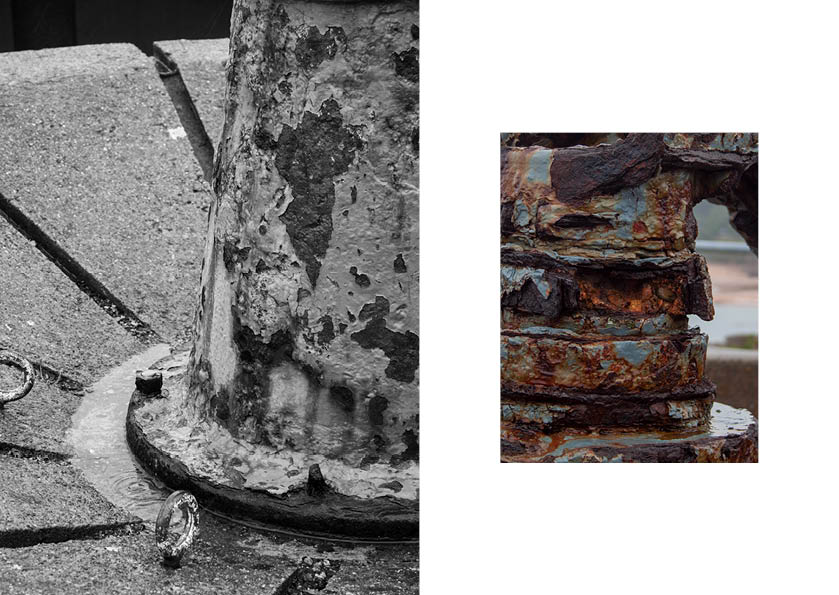
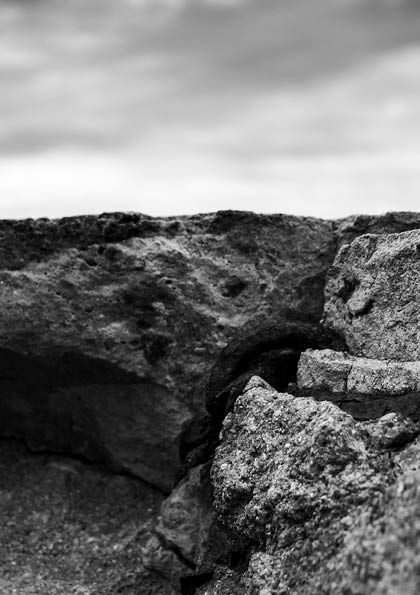
The Occupation of Jersey
From occupation to liberation
On June 30th 1940, the Channel Islands went to a massive change when Nazi German soldiers came to the island, with an imminent task. To take over and occupy.
With the occupation of the Island happening one week after Jersey was demilitarized for the safety of the islanders, to show that the locals were not a threat. The start to the beginning of the occupation began with Operation ‘Green Arrow’ with the German Air Force doing a fly by, bombing farmers trucks and containers mistaking them for military personnel carriers.
Under this period of occupation, the islanders of Jersey saw a massive transition from freedom and liberty, to a changed world, with curfew hours a changed currency and rationed meals. Jersey became an isolated place, with the Germans re-militarizing it. The island seemed to get smaller, with the German soldiers placing barbed wire along the cliff paths and setting mines the small island became a fortress.

With this 45 square mile fortress just off the coast of France and only 273 miles away from the South of England, Hitler demanded that the island was to be fortified. Thousands of Slave workers from countries which had already been taken over, Russia, Poland and France. The slave workers were forced to work tirelessly to make, the anti tank sea walls, Bunkers, Gun placements and railway systems. Some workers were killed in the process from exhaustion, there have been stories of tired workers falling into area which were getting cemented and being buried alive. The fortifications which were made, was a big plan for Hitler’s ‘Atlantic Wall’. Some of this can still be seen around the island today, especially around St. Ouens.
With all radio, and devices which could be used to gather information from outside of the island was banned and confiscated by the Germans, the islanders created crystal radio sets, and would hide them in their houses, wishing for the day that the war would be declared over.
By the 7th May 1945, the German army had surrendered and the end of the war in Europe had been announced. Much to the Islanders delight, with the week leading up to the 6th of May, news had been spread that Hitlers fall in Berlin had begun.
When the Island had been declared liberated, it seemed that the whole island had gathered in town to throw a party and celebrate. When the army came to liberate the islanders, town was lit with smiles and laughter and delight, handshakes and hugs were exchanged between everyone. The HMS Bulldog landed in Jersey and delivered extra rations for everyone to enjoy.
At 3.40 pm the Union Jack was suspended from the balcony of the Pomme d’Or hotel, and to this day when we celebrate Liberation, at the same time on the same balcony, a Union Jack flag is suspended.
Whose Archive Is It Anyways?

Nowadays we carry archives in our pockets without thinking of their importance? Why do we keep them on a drive we rarely look through if ‘they mean so much to us’. Archives historically are used for storing images and documents that can teach present and future generations about lifestyles and families. David Bates, a theorist, referred to this by saying: ‘…no longer are photogenic archives merely filled with dusty boxes…’ since ‘digitisation of photographic images online has also generated new networks’. By storing images on a phone or laptop does make photography more accessible to a global demographic, but does this therefore defeat the idea of capturing the importance of moments.
Archives are used for research, however since these archival images are ageing, they can be reviewed and give an impression of living in the past. Useful for photographers when compiling research to be able to have the physical imagery to hold and look at in detail. This can help identify contrasts and similarities within modern and dated photography.
Archives play the important role of identifying past mistakes that can be prevented from repeating themselves using our knowledge from the pre-occured. Nostalgia now playing a big part in society with people reverting back previous fashion,photography and arts, with trends returning due to their pure admiration, for example, film photography becoming a lot more accesible and mainstream for people to fit this new found ‘aesthetic’. Archives take value in preserving the loved to be again loved by a relative or student wanting to expand their vast knowledge.
Société Jersiaise, a local archive that contains many images and documents from jersey’s past. This specific archive is very important as it allows the general public familiarise themselves with either local or personal history. Personal history records including birth/death certificates, marriage registration records, house agreement documents and many more hidden treasures you can relate your roots back to.
Personally, Archives has broadened my horizons of new ways to collect and gather resources for personal and academic use. Archives have shown me the responsibility we all have to leave behind a legacy and journey that future generations could benefit from, and taught me to further care for my general and editorial photographs so generations to come have something to reflect and appreciate.
Zine Development:
I used Adobe InDesign in order to produce the final layout for my zine. In doing so, I was able to manipulate the layout and sequence of the images easily, and could continuously develop my ideas as I worked to find the best layout for the narrative of my zine. The following steps are those that I followed using InDesign:

In the above image, I was experimenting with the layout of individual images. With some of the images, I decided that in order to keep the interest of the viewer, and to break the images between the pages up more clearly, I would use some of the landscape images, and rotate them 90 degrees so that they presented landscape, horizontally across the book, and by reducing their size, they fit on the page, leaving blank space on all sides. I n doing this I feel I am able to draw more attention to these specific images, and it allows me to break up the images so that they do not look like one continuous block of image.

The above image is an example of one of the final doubly-page spreads for the zine. One of the images is portrait, and the other is landscape. I used a full bleed layout, and rotated the landscape image in order to fit it on the page.

The above image is an example of where I reduced the size of a portrait image, in order to break up the images further along in the zine. These images are both dark in colour, and so in order to between distinguish between the images, I reduced the size of one of them, leaving blank space as a boarder to frame the image and draw more attention to it.

The final image is an example of the layout of all of the pages for my zine. Here it is easier to see the progression from the lighter images to the darker images as the zine progresses, reflecting the increasingly dismal atmosphere of the occupation of Jersey by the German forces.

The above image is what I will be using as a front cover. It is a simple image of close up concrete, which I feel provides a minimalist and tidy layout as the front cover. I have experimented with having a leaflet stapled to the size of the zine, which would showcase a map of Jersey taken from the archives, in order to draw the attention of the viewer and add more to the front cover. The title I have chosen is the German translation of “Concrete Island”. I feel like this title sums up what the German occupation did to the island of Jersey, turning the landscapes from fields and forest land into concrete bunkers and watch stations.
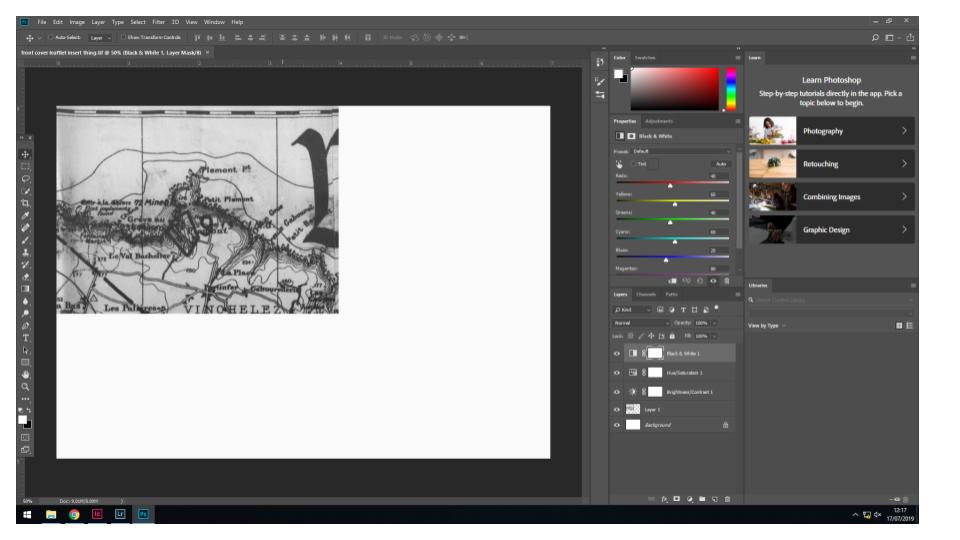
Above is an experimentation with what I may use as a leaflet stapled to the outside of the zine to add more to the front cover. It is an image of a map of Jersey designed around the time of the occupation. I increased the contrast and saturation to make the lines darker, which draws more attention to the image.
Zine Research- Dale Konstanz
Artist Research: Dale Konstanz
Dale Konstanz created many zines which have gained him recognition throughout the years, one of the most famous being ‘Concrete Jungle’. This title is very contrasting in the way that one is man made while the other is a natural growth which is helping to grow interest. The front cover for this zine is semi-transparent which is helping to make the writing very clear.

Front cover of Concrete Jungle
Mood board for Concrete Jungle
Format/presentation- This zine is presented as an A5 portrait booklet with images which are mostly landscape and cross the whole page. This shows the book as being very compact.
Design/layout- The layout of this zine includes all the images being full blead onto two pages which is showing a clear presentation of the images and allows for details to be seen.
Narrative/ visual concept- The concept of this zine is around the area of ‘concrete jungles’ surrounded by natural elements.
Title/cover page- The title for this zine is very attractive. The transparent cover is allowing for both an image and the title to be seen, the title being presented in simple font. I’m a fan of this technique as it is giving a full insight to what the book will be about.
Zines – Post 3 (Presentation and Outcome)
